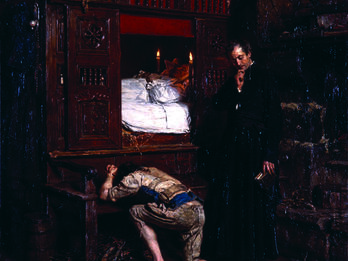A Road in the Woods in Summer
Camille Pissarro
1877
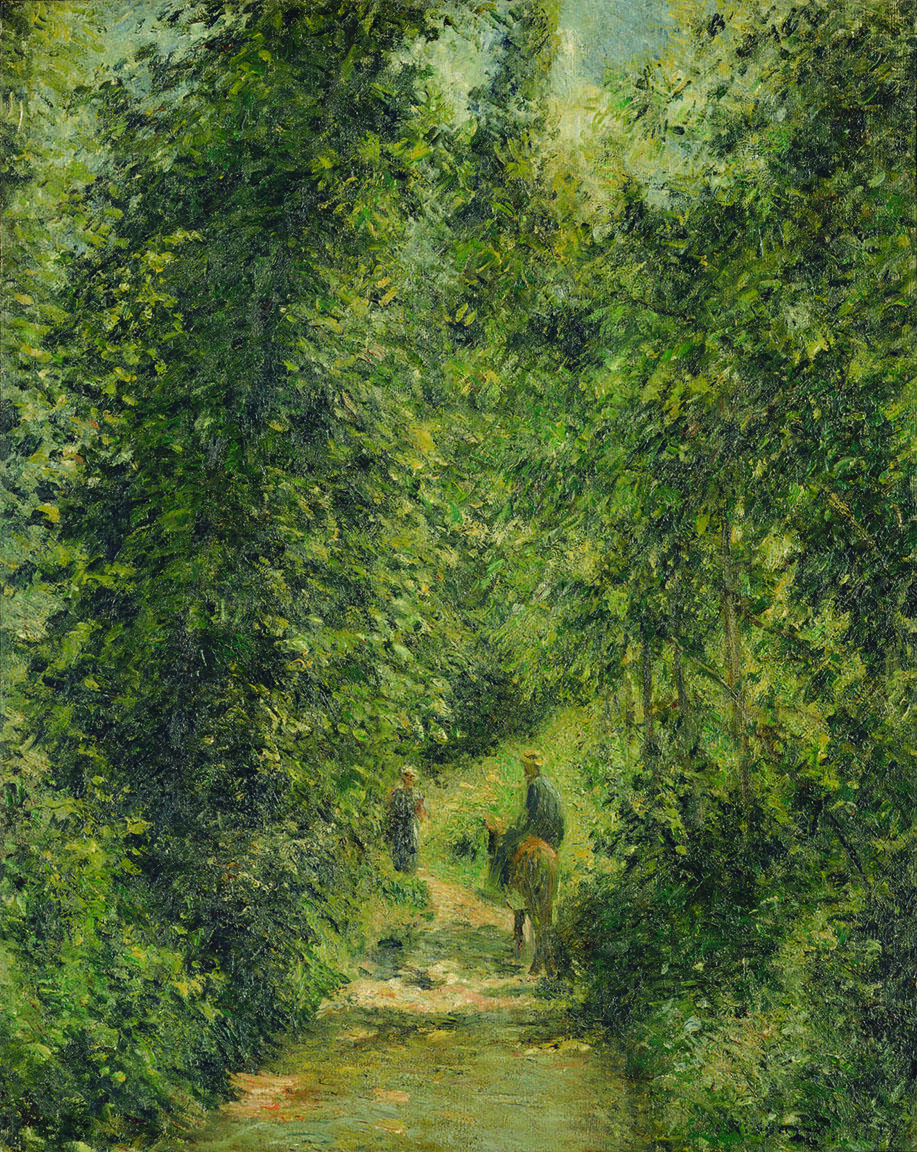
Creator Bio
Camille Pissarro
Born to Sephardic parents in the Caribbean colony of St. Thomas, Abraham Jacob Pizzaro led a peripatetic life from a young age, with stints in France and Venezuela. Reaching Paris in the mid-nineteenth century, he styled himself Camille Pissarro. In 1855, he left for Paris, where he studied at the École des Beaux-Arts and began exhibiting in the Salon in 1859. In the 1870s, Pissarro helped give form to what became known as the Impressionist movement; he was the only artist who showed in all of the group’s eight exhibitions, from 1874 to 1886. He gained fame particularly for his luminous landscapes and cityscapes, although he also painted human figures. Pissarro's work reflects his embrace of the rural countryside and its peasants as a space of warmth, natural beauty, and harmony (plein air was in vogue then), and he rejected as dark and malevolent the forces of industrialization and capitalism. Although not directly present in his paintings, Pissarro’s Jewish origins and family circles remained a presence throughout his life. The schools and salons judged his work on its merits and accepted him without any distinction from the others. Yet he was sometimes teased for his Jewishness, called Abraham or Moses because of his hair and beard.
You may also like
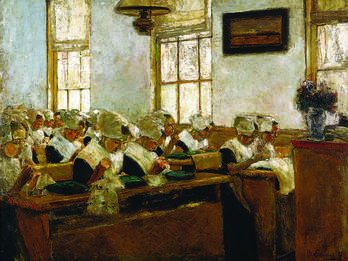
The Dutch Sewing School
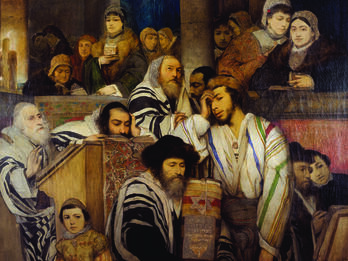
Jews Praying in the Synagogue on Yom Kippur
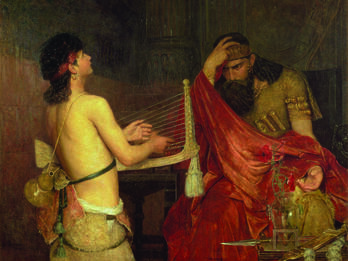
David and Saul
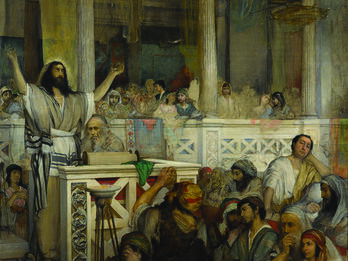
Christ Preaching at Capernaum
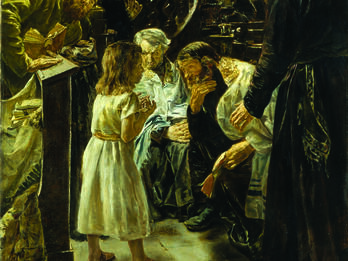
The Twelve-Year-Old Jesus in the Temple with the Scholars
